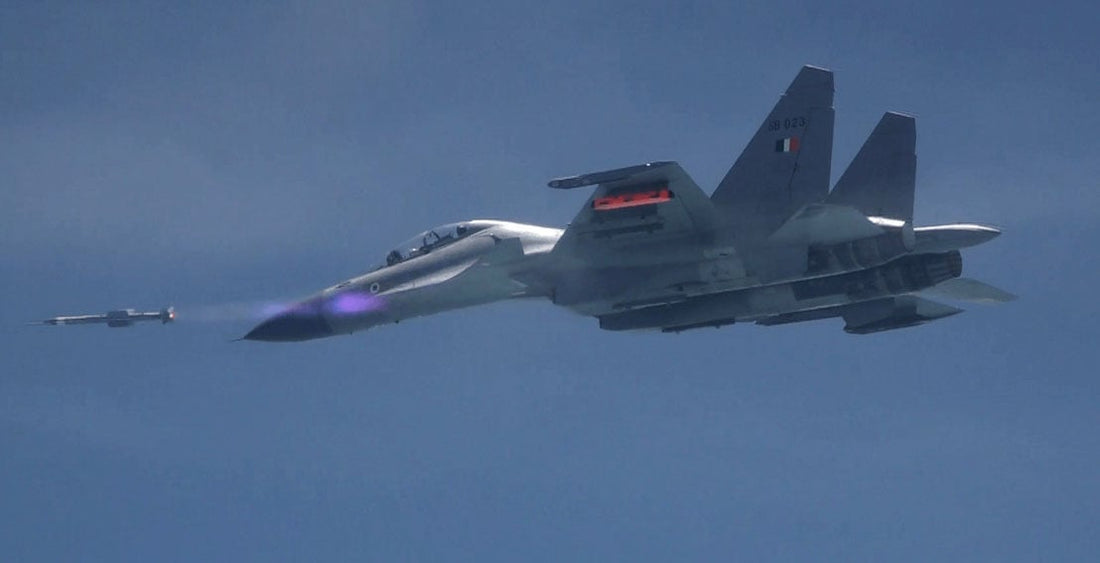India Conducts Successful Test of Astra Missile with Indigenous RF Seeker

The Defence Research and Development Organisation (DRDO) alongside the Indian Air Force (IAF) has achieved a milestone by successfully conducting flight tests of the Astra Beyond Visual Range Air-to-Air Missile (BVRAAM), now featuring an indigenous Radio Frequency (RF) seeker. These tests took place on July 11, 2025, from a Su-30 Mk-I fighter aircraft over the Bay of Bengal, near Odisha's coastline.
During the mission, two Astra missiles were launched targeting high-speed unmanned aerial targets under various engagement conditions, which included differing ranges, angles, and platform dynamics. Both missile launches resulted in direct hits, underscoring their impressive accuracy and performance.
A key achievement of the test was the successful validation of the indigenous RF seeker, developed by DRDO, which operated seamlessly alongside other subsystems. The missile system's performance was corroborated through flight data collected by the Integrated Test Range (ITR) at Chandipur, utilizing advanced tracking instruments.
Astra represents India's first homegrown BVRAAM with a range beyond 100 kilometers. It is integrated with advanced guidance and navigation systems, establishing it as a vital element in the Indian Air Force's strategy for air superiority. The missile's development was a collaborative effort involving multiple DRDO laboratories and over 50 public and private sector industries, including Hindustan Aeronautics Limited (HAL).
Raksha Mantri Rajnath Singh extended his congratulations to the teams from DRDO, IAF, and the participating industries, emphasizing that the successful test of Astra with an indigenous seeker constitutes a significant advancement in India's defence technology capabilities.
Dr. Samir V Kamat, Secretary of the Department of Defence R&D and Chairman of DRDO, also praised the teams involved, describing the test as a demonstration of India’s increasing self-reliance in essential defence technologies.



















